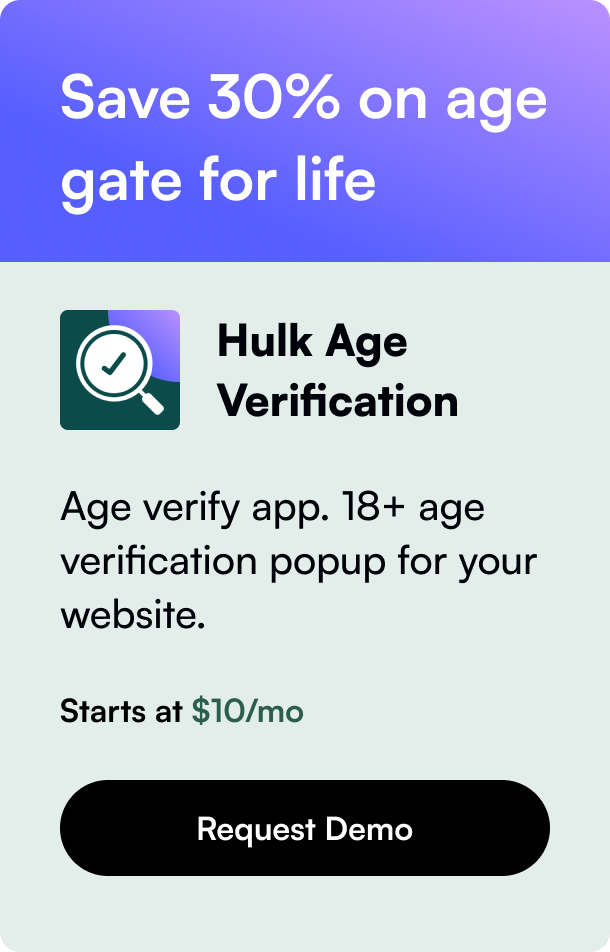Table of Contents
- Introduction
- Understanding the Shopify GraphQL Order API
- The Workflow of Creating Orders through GraphQL API
- Demystifying Complex Queries and Troubleshooting
- Going Beyond Basic Order Queries
- Conclusion and Next Steps
- FAQ Section
Introduction
Have you ever pondered how the seamless and intricate operations of an online store are managed so effortlessly? What if I told you that behind this digital storefront lies a power-packed API that not only bolsters the store's capabilities but also streamlines order processing, making life easier for both the merchant and the developer. Enter Shopify's GraphQL Order API—a robust and flexible tool designed to transform your e-commerce management experience.
We'll take a deep dive into the realm of the Shopify GraphQL Order API, learning how it facilitates order retrieval and updates with finesse. For developers looking to optimize Shopify store operations or create innovative apps and custom solutions, mastering this API is imperative. In this comprehensive guide, we shall navigate through its functionalities, examine the nuances of working with its endpoints, and explore practical applications. The insights furnished here will lift the curtain on how to leverage this API for maximum efficiency and customization.
Understanding the Shopify GraphQL Order API
Shopify's platform, renowned for its robust e-commerce solutions, offers the GraphQL Order API to empower developers by providing extensive control over order management. In simpler terms, an order represents a customer's intent to purchase products. The 'Order' object within Shopify is a gateway to this universe where creativity meets commerce.
Access to the Order API might seem like a given, but here's a catch worth noting: by default, only the previous 60 days of orders are accessible through this object. Herein lies the importance of the read_all_orders scope, which when authorized, allows historical order access. It's prudent to handle this data judiciously as unwarranted data access can lead to restrictions.
Exploring the Order Object's Capabilities
Let's cast a light on some compelling attributes available within the API:
Detailed Line Item Information: Going beyond the basics, it can provide granular details of each purchase, including discounts, taxes, and quantity specifics.
Actionable Insights on Financials: The API offers transparency into an order's financial status, covering elements like net payments, authorized transactions, and refund calculations.
Customer Interaction Records: From their navigation patterns to their consent for marketing material, tracking customer interactions becomes straightforward.
Rich Fulfillment Data: It serves up details not only on the fulfillment status of orders but also paves the way to handle refunds, and tackle inventory reservations.
Customization and Notes: Custom attributes and notes they feature offer a personalized lens to order handling.
This versatility can play out in various scenarios, be it the basic query of order lists or intricate mutation needs such as order edits and updates.
The Workflow of Creating Orders through GraphQL API
Opting for REST might be your initial thought but the streamlined efficiency of creating orders with GraphQL lies within the mutations: draftOrderCreate followed by draftOrderComplete. If you seek to influence the Order Risk API or trigger an order confirmation email appropriately, a mix of REST and GraphQL might be inevitable. The nuances of GraphQL are worth embracing, such as understanding object interconnections and field specifics.
Yes, certain aspects are currently in stasis until GraphQL and REST APIs align. Yet, remember that the turn towards parity is underway, plotting a future where GraphQL may offer a more cohesive landscape.
Demystifying Complex Queries and Troubleshooting
The pursuit of order data through GraphQL can lead you down complex paths. Among the labyrinth of possible queries lies the key to unlocking myriad data sets. From setting date ranges to comprehending the implications of 'status' or 'tags,' the quintessence of Shopify queries is in precision. Error-handling emerges as another cornerstone—each 200 OK conceals a unique narrative for debugging, paving the way for tailoring precise customer experiences.
Going Beyond Basic Order Queries
Maximizing order management involves not just making requests but fine-tuning them. Filters play a pivotal role here—converting generic data calls into specific insights. From the financial state of an order to its fulfillment status or geographic origination, filters allow you to craft custom-tailored queries. Tackling discrepancies between REST and GraphQL calls necessitates a clear understanding of query structures and actual values, where the curating approach is more detective work than mere coding.
Conclusion and Next Steps
Embracing the Shopify GraphQL Order API heralds a new era in order management, fueling both operational efficiency and customer satisfaction. From querying the basics to manipulating order details, the API is an emblem of your shop's digital backbone.
FAQ Section
Q: How do I access historic orders beyond the default 60-day range? A: You need to request and obtain the read_all_orders scope. For private apps, this scope is automatically granted.
Q: Can I mix REST and GraphQL calls when managing orders on Shopify? A: Absolutely. While the GraphQL API is robust, certain functionalities, like updating 'OrderRisk' values, still necessitate the use of the REST API.
Q: What should I do if I encounter a query that returns a 200 OK response code but also contains errors? A: While 200 OK usually signifies success, the existence of an errors object within the response necessitates a closer examination. Each error provides insight to rectify the issue—analyze and modify your GraphQL query accordingly.
Q: How can I create an order using Shopify’s GraphQL API? A: First, use the draftOrderCreate mutation, followed by the draftOrderComplete mutation. This two-step process is required for order creation via GraphQL.
Q: Is Shopify working on achieving parity between its REST and GraphQL APIs? A: Yes, Shopify aims for feature parity between the APIs. Stay informed by subscribing to Shopify's API changelog for updates.









